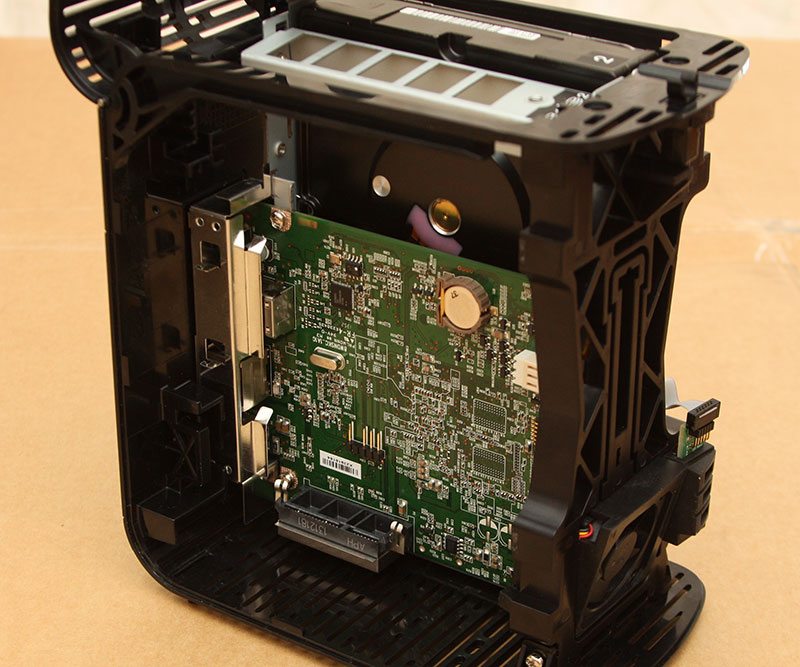Western Digital EX2 2-Bay 8TB My Cloud NAS Review
Chris Hadley / 11 years ago
A Closer Look
As highlighted at the start of this review, the EX2 follows a similar design path to that of the single bay My Cloud, albeit not with a white glossy coat. Toned in a mid-to-darker shade of grey, the EX2 looks very similar to the previous generation My Book Live systems that touched on the principle of cloud based file sharing.
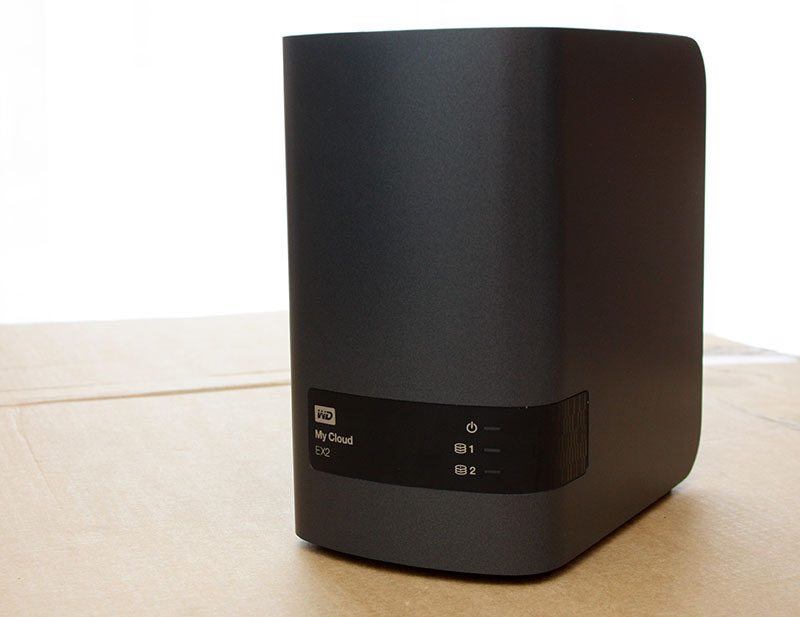
Towards the bottom of the case is a small black band that wraps around to the right hand side of the system with a simple, yet bold WD EX2 marker and to the right three status LEDs for the system and each of the drives. Like the box, these LEDs are blue in colour, breaking away from the green LED that is more commonly used in other, similar products.
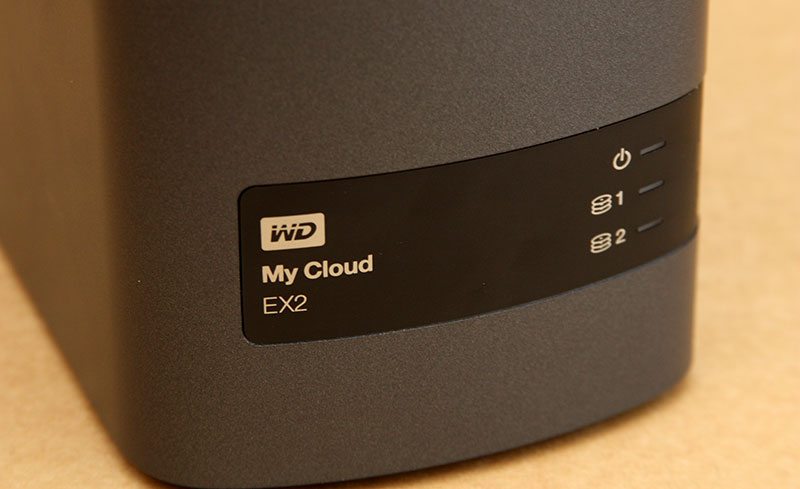
Looking at the underside of the body, four small rubber feet are stuck on to the bottom of the case and whilst they do seem to attract the dirt a little, they act as part of the vibration dampening that has been incorporated into the system for a quieter operation. Just above the foot we can see where the black band finishes and dissolves into a series of rectangular glossy elements, adding just a little bit of design flair to the build.
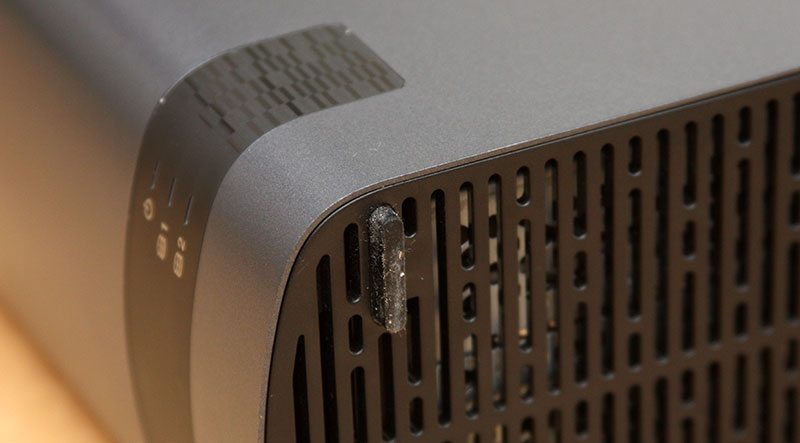
Connectivity on the EX2 is very much similar to that of the entry-level My Cloud and the top-level EX4 with two SuperSpeed USB3.0 ports, a single Gigabit Ethernet port and a DC power jack. A small hole can also be seen above the USB ports, behind which is a system reset button.
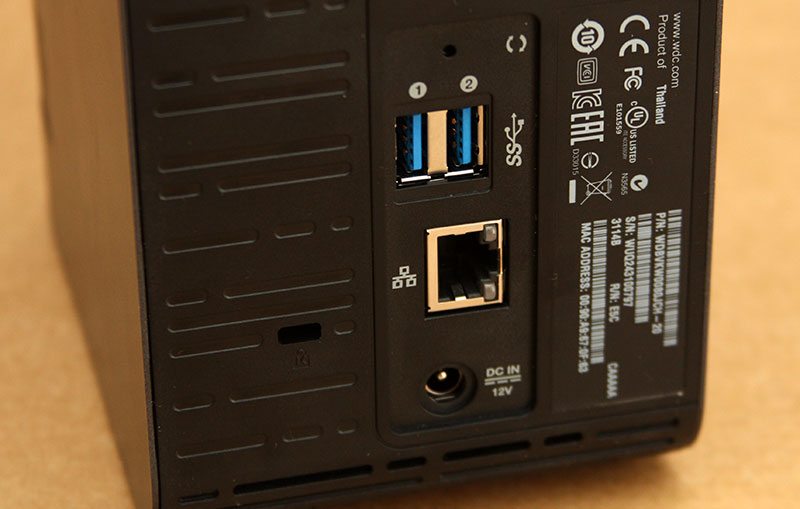
Whilst the EX4 is based upon the design of the Sentinel DX4000 NAS, utilising a front loading drive bay, the EX2 features a top loading system; with a push-release cover above both drive bays which in itself acts as a ventilation point for warm air to rise through.
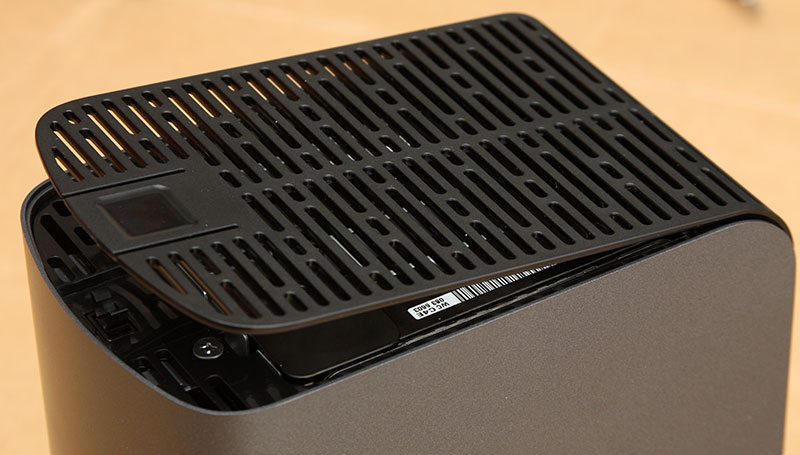
Lifting the lid and taking a look inside, we can see that the two drives are installed back-to-back against a void in the middle of the system. This central area as we shall see is where the motherboard lies, thus allowing for the compact build. Towards the front of the body is a metal plate – this holds the drives in place ensuring that they are not accidentally removed.
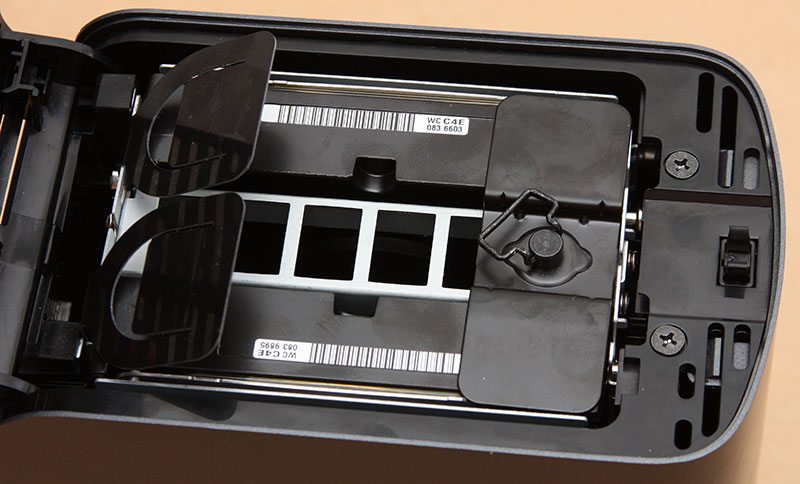
Removing the securing plate reveals a sticker in between both drive bays, simply indicating which drive refers to which LED on the front of the system. In the event of a drive failure, the corresponding LED on the front of the EX2 will flash to indicate a fault, thus making the point of the sticker very logical.
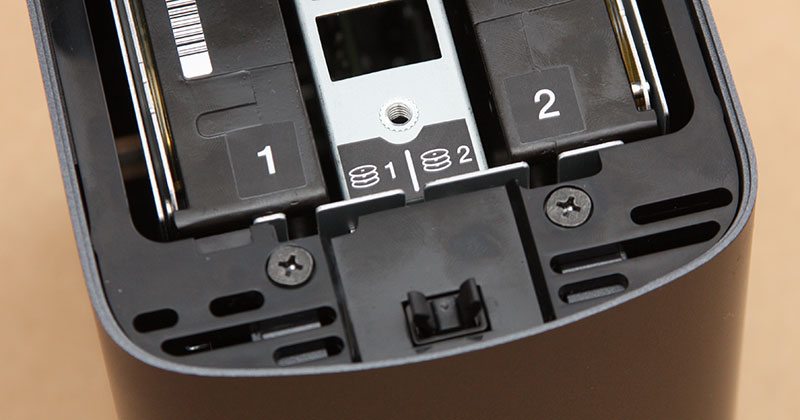
Lifting the drives out of that chassis, we find a pair of Red NAS orientated drives to hand. With these drives directly aimed at the consumer NAS market, it is only wise that they be used in this product range, giving users the benefit of an optimised level of performance, along with a modest power load.
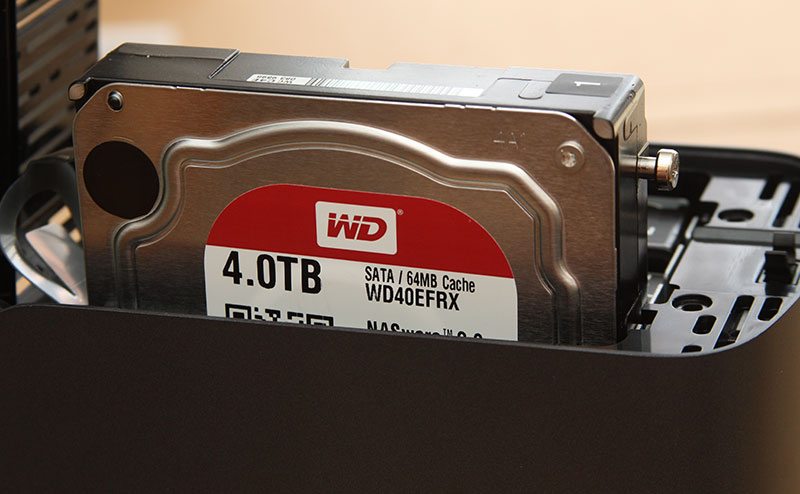
Unlike the front-loading EX4, there is not enough space in the EX2’s frame to incorporate a spring release mechanism, instead a more low-tech and low-cost approach of attaching a plastic tab to one corner of the drive is used. It goes to show, sometimes it’s the simple ideas that turn out to be the best.
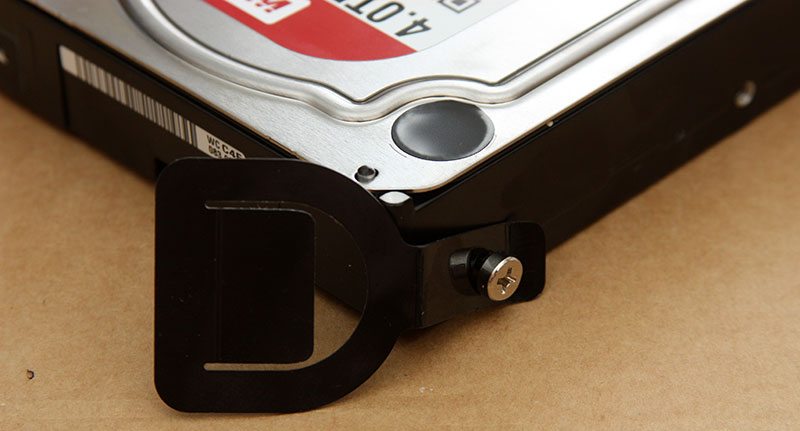
Getting to the heart of the EX2 involves taking off the plastic casing from the metal skeleton. Knowing how well WD put their external drives together, it isn’t that much of a surprise to find that it puts up a bit of a fight when trying to de-construct everything. Naturally this is not something that you will ever need to do and I will remind you as always, that doing so will void your warranty – that is my job to do for you.
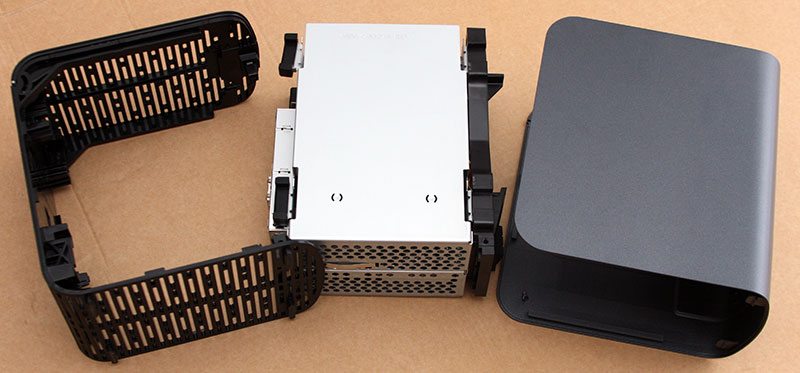
Alongside the four rubber feet that sit underneath the completed system, four large soft-rubber mounts sit between the metal frame and the plastic outer body, providing a good level of dampening properties in order to reduce any resonant noise through a desk, table or shelf that the drives would other wise produce.
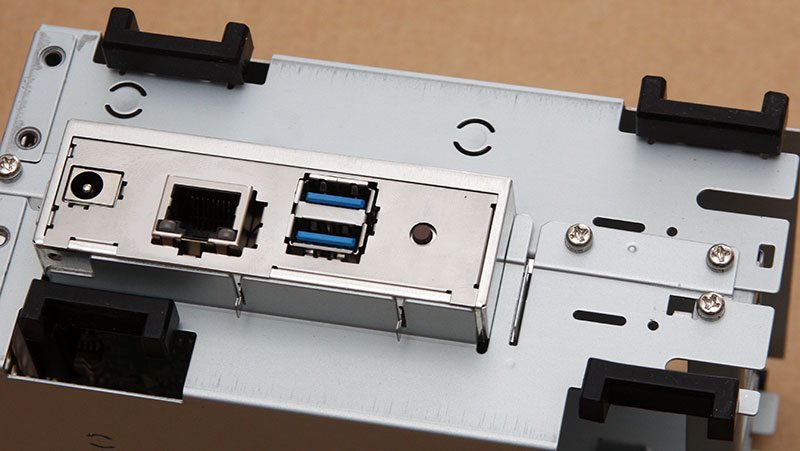
On top of the four mounts as seen above, four more mounts sit at the front of the framework, in the middle of which we find two square holes for connecting the LEDs and a fan to – yes, there is even a fan in this build.
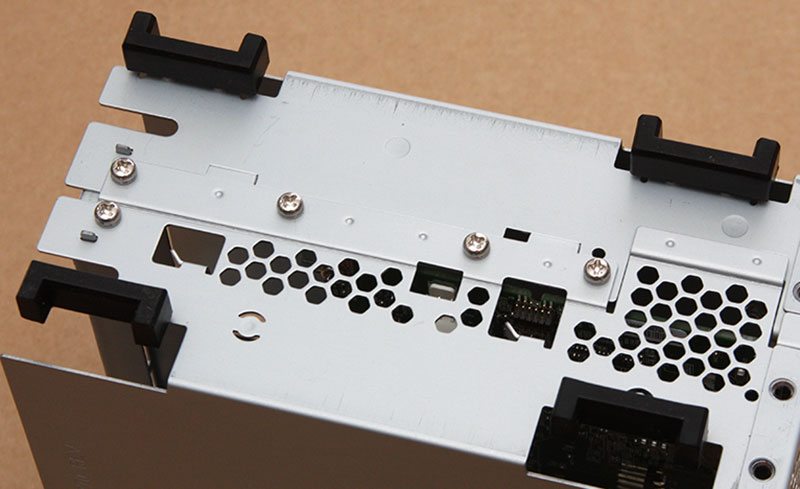
In the plastic shell that wraps around the main framework, a series of mounts precisely position and hold the core in place making sure that nothing move when it’s not meant to.
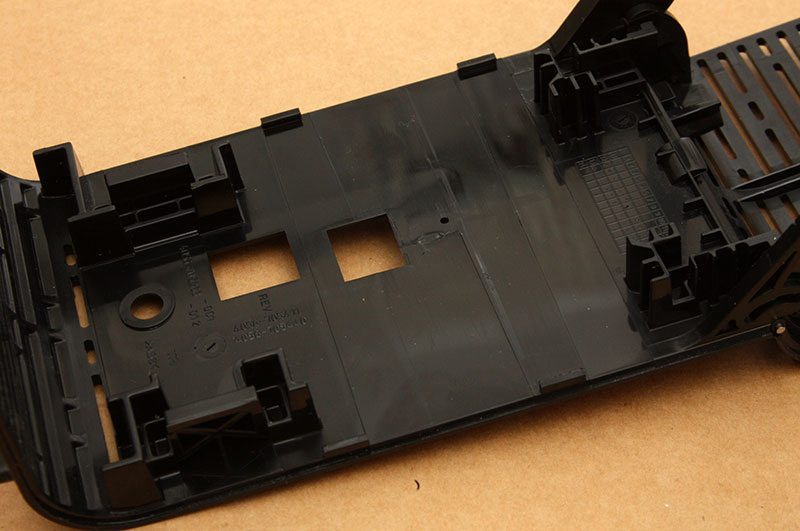
Looking down and into the middle of the metal case we can see the motherboard, again with plenty of ventilation on hand to keep everything nice and cool.
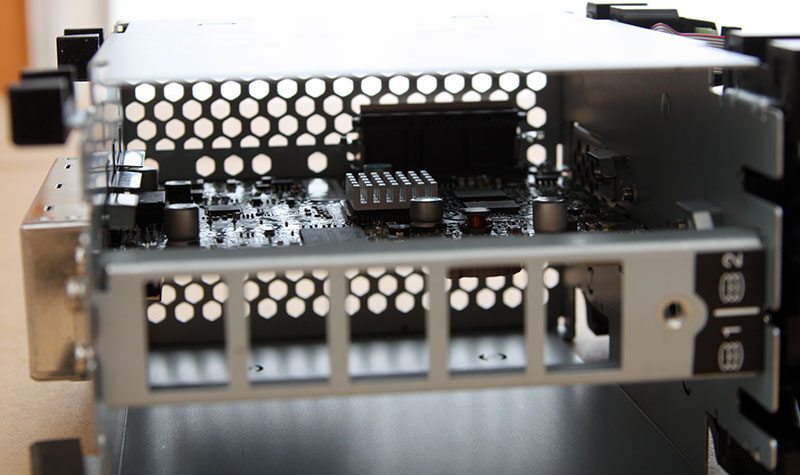
Remarkably, WD have managed to show-horn a small fan into the front of the system, drawing a small amount of air in through the bottom of the system and in to the drive and motherboard area, giving just enough airflow, when needed, to cool things back down.
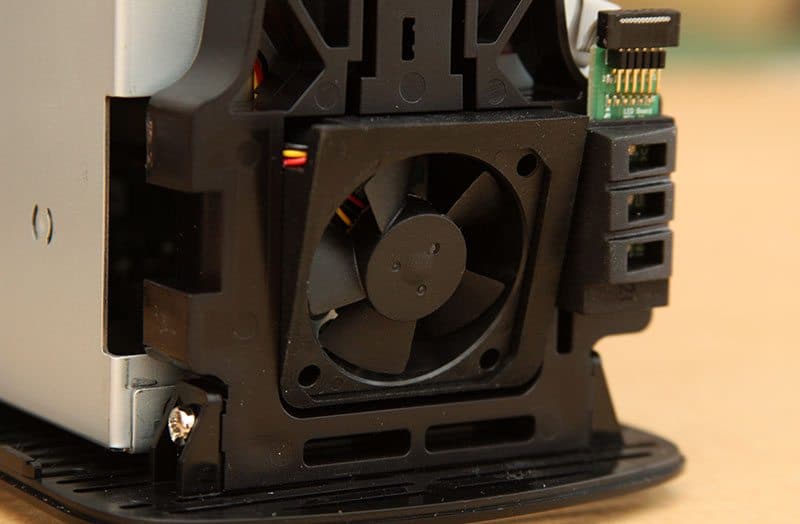
Like every contact point in this build, the front panel LEDs are surrounded by a soft rubber mould, which not only keeps things quiet, but also steps any light bleed when seen from the front.
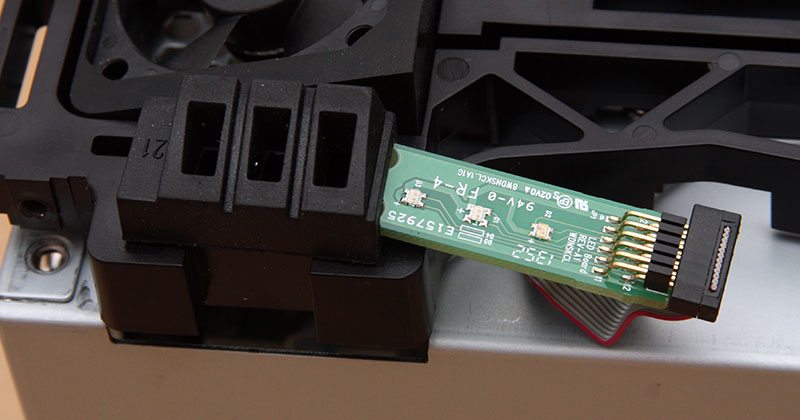
Stripping the metal frame-work right down and getting to the motherboard, unlike a number of mainstream NAS solutions, the EX2 is a lot more compact with a low power design that not only saves space, but also takes note that when accessing data over the internet, a high-end set of components will undoubtedly be overkill and a waste of time due to the bandwidth bottleneck that will be experienced.
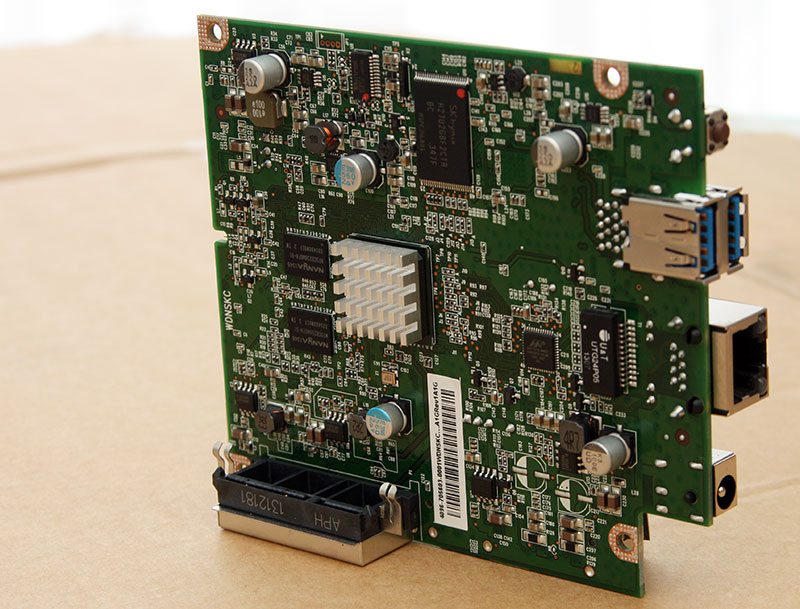
One each side of the PCB is a SATA power and data build out on to which each drive docks when installed into the complete system.
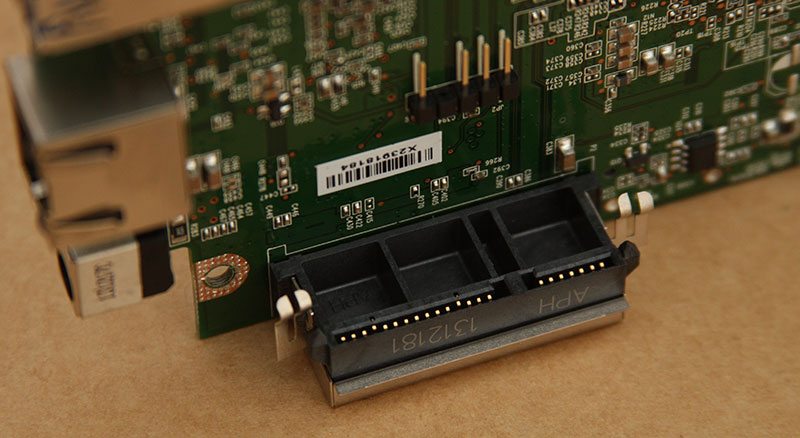
At the heart of the EX2 is, as mentioned previously, a single core Marvell Armada 370 processor, clocked at 1.2GHz is found, with a small passive heatsink stuck on top. To the right of the processor as we see below are two NANYA NT5CB256M8FN-DI DDR3 packages, providing a total of 512MB 1600MHz memory whilst a SK hynix 1GB NAND package sits towards the left for the EX2’s OS.
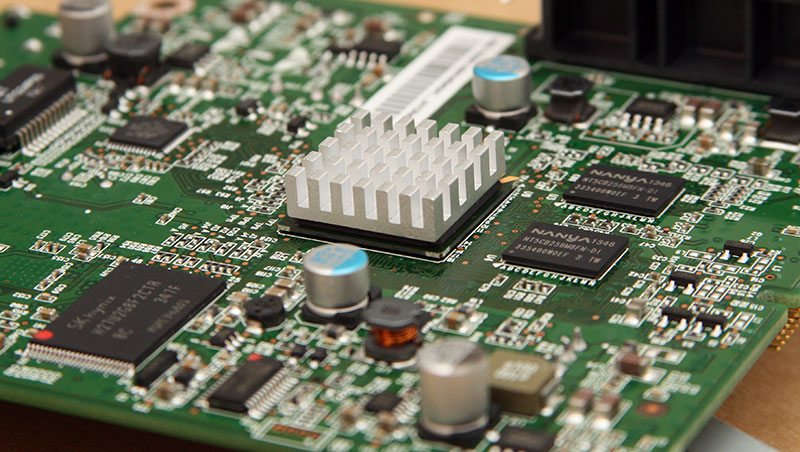
Like the CPU, Marvell is also the brand of choice when it comes to the Ethernet interface with an Alaska 88E1518 Gigabit transceiver to hand.
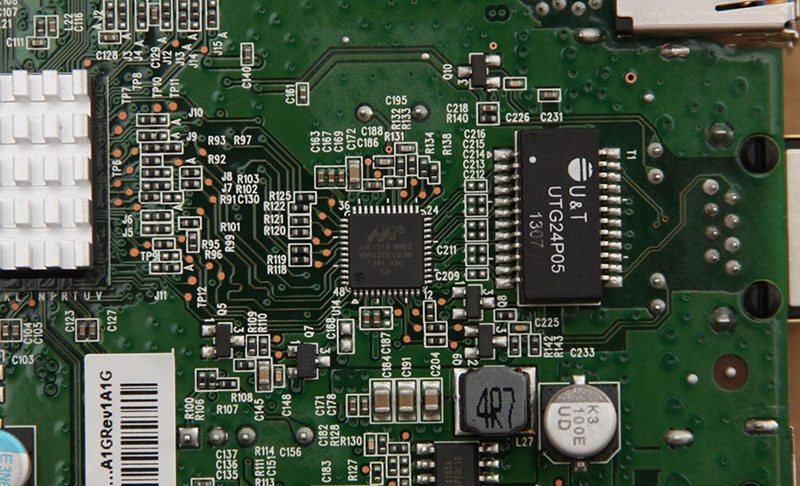
As seen above, the EX2 has a tiny 35mm fan and alongside a 3-pin header we can see the 12-pin header through which the front panel LEDs are connected. Aside from a battery and the secondary SATA header, the back of the PCB doesn’t feature any major components. What I will note as seen in the picture below are two empty spaces were it appears more DDR3 RAM can be installed during production. Although this has no function at the moment, this could mean that we may possibly see another model crop in the future.
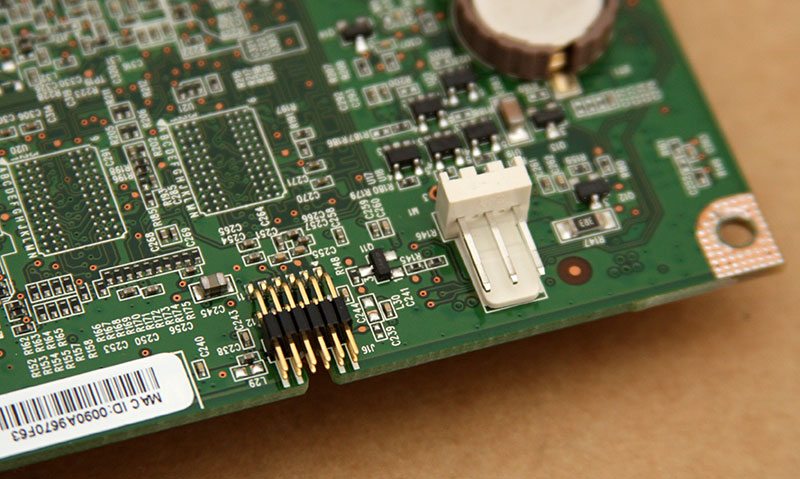
Last of all, by building the system back up with one side of the metal frame removed, we can get a better picture of where everything sits within the system.
